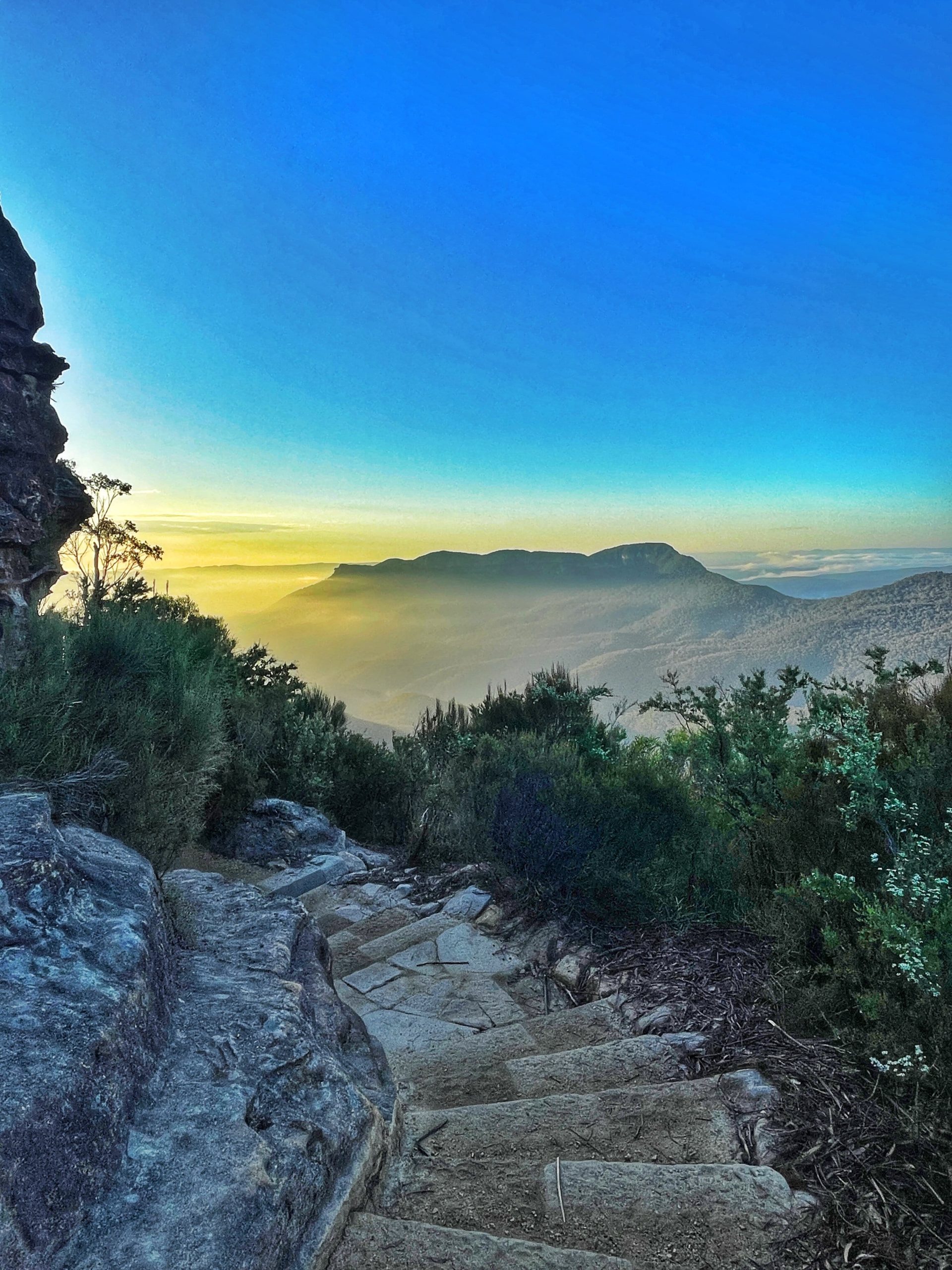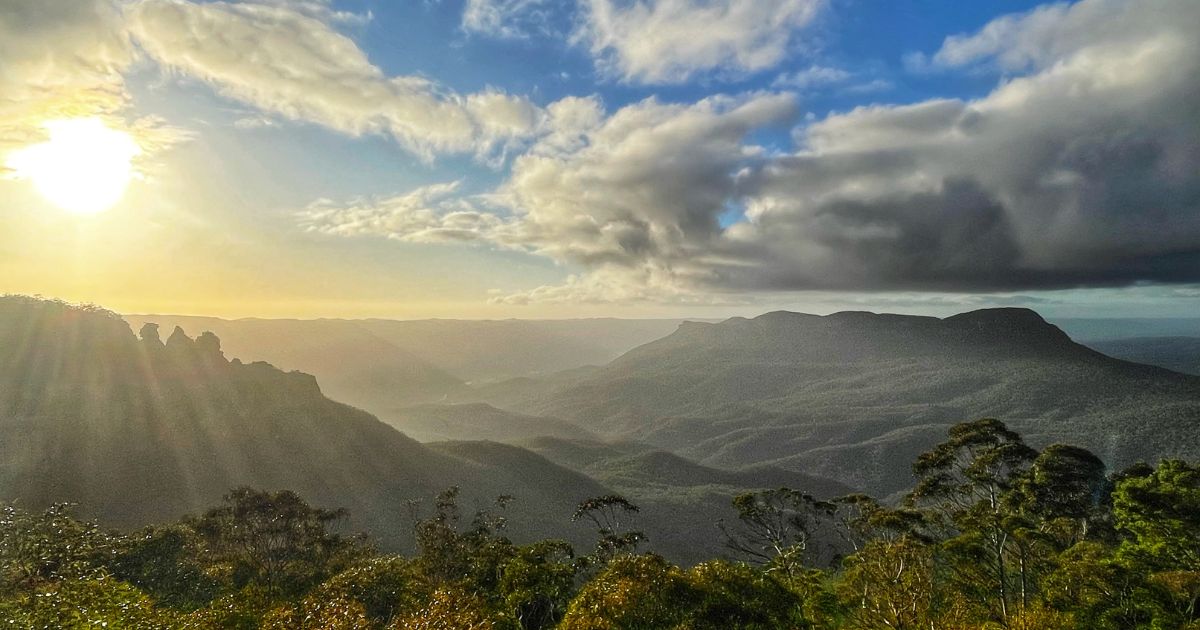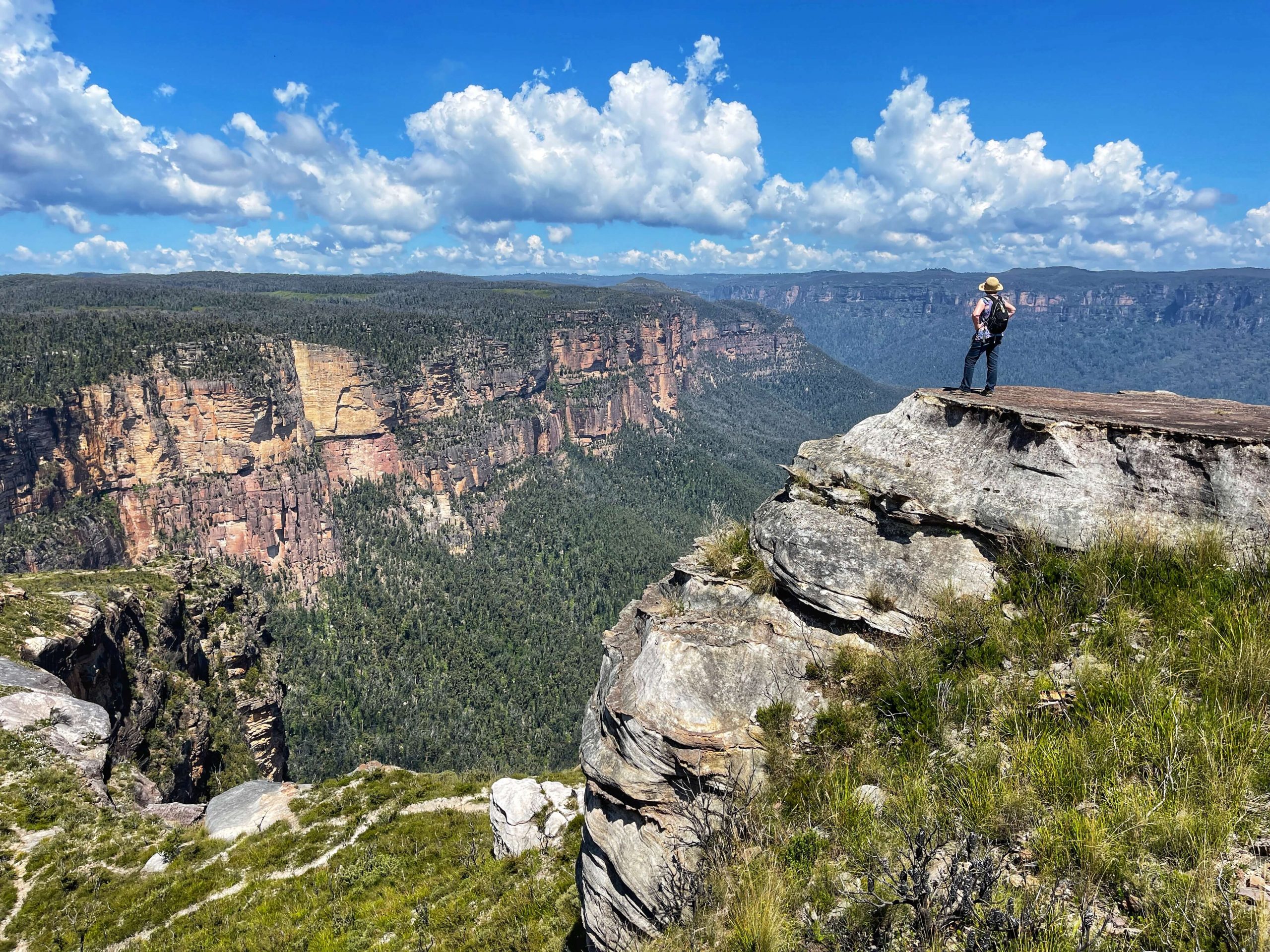Explore the Natural Wonders of the Blue Mountains: A Guide to Australia’s Iconic Landmark
Unveiling the Splendor of Blue Mountains’ Rock Formations and Wilderness
For an unforgettable outdoor adventure, set your sights on the Blue Mountains, where nature’s wonders abound. Marvel at breathtaking rock formations, meander through charming villages, and delve into epic wilderness experiences. Use the Ask Roz software to find great things to see and do.
Discovering the Enchanting Beauty of the Blue Mountains
The Blue Mountains, renowned for its towering sandstone ridges draped in native bushland, offers a mesmerizing escape. Nestled within this wilderness are picturesque mountain towns, ancient Aboriginal rock art, and the renowned Scenic World. Immerse yourself in the natural beauty as you explore walking tracks that wind through lush valleys and rugged cliffs. Whether shrouded in mist or bathed in the golden hues of the sunset, the endless panoramas of the Blue Mountains are sure to leave you spellbound.
Australia’s Natural Gem
The Blue Mountains, a prominent mountainous region and range in New South Wales, Australia, is a well-known natural landmark. Gain insight into this iconic destination with answers to common queries and intriguing facts.
Geographical Insights into the Blue Mountains
Situated on the western outskirts of Greater Sydney, the Blue Mountains captivates with its expansive beauty. Bordering Sydney’s main metropolitan area, its foothills begin just 50 kilometers west of the state capital, near Penrith. Defined by the Nepean and Hawkesbury rivers in the east, the Coxs River and Lake Burragorang to the west and south, and the Wolgan and Colo rivers to the north, the Blue Mountains region is a geological marvel within the Sydney Basin.
The Majestic Blue Mountains Range
Stretching approximately 96 kilometers southeast from Wolgan Gap, the Blue Mountains Range showcases plateau escarpments and mountains. Traverse its beauty along the Great Western Highway and the Main Western railway line. Established towns like Katoomba, Blackheath, Mount Victoria, and Springwood adorn its heights, while the range serves as the watershed between the Coxs River to the south and the Grose and Wolgan rivers to the north.
Blue Mountains: A Haven for Biodiversity
The Blue Mountains area, encompassing the City of Blue Mountains, boasts rich biodiversity. However, in recent years, massive bushfires have posed challenges to its ecological balance. In 2018 alone, 8.4 million visitors explored the region, highlighting its popularity.
Unraveling the Origin: Why “Blue Mountains”?
Etymology of the Blue Mountains
Named Carmarthen and Lansdowne Hills initially, the area took on the name “Blue Mountains” due to the distinctive blue tinge seen from a distance. This phenomenon, attributed to Mie scattering caused by eucalyptus tree emissions, imparts a blue-greyish hue to the mountains and clouds.
Connecting with Indigenous Heritage
Aboriginal Roots of the Blue Mountains
Inhabited for millennia, the Blue Mountains hold deep significance for the Gundungurra and Darug people. The Gundungurra creation story narrates an epic battle between Dreaming creatures, shaping the landscape into the Jamison Valley. The Gundungurra Tribal Council Aboriginal Corporation strives to preserve heritage and culture, with a registered Native Title Claim since 1995.
Traces of Aboriginal Habitation
Evidence of Aboriginal habitation dots the landscape, with sites like the Red Hands Cave near Glenbrook showcasing hand stencils and Kings Tableland Aboriginal Place exhibiting grinding grooves dating back 22,000 years.
Navigating the Blue Mountains Climate
Diverse Climate Patterns
The climate in the Blue Mountains varies with elevation. At Katoomba, expect summer temperatures around 22 °C, occasionally reaching the 30s °C. Winters bring daytime temperatures of 10 to 11 °C, with occasional frosty nights. Snowfall, averaging two to three times a year, adds a touch of winter magic.
World Heritage Recognition
The Blue Mountains as a UNESCO World Heritage Area
Recognized by UNESCO in 2000, the Greater Blue Mountains Area covers approximately 10,000 square kilometers, including various national parks and conservation reserves. The site earned World Heritage status for its exceptional eucalypt vegetation, boasting 90 eucalypti taxa and significant levels of endemism.
In conclusion, embark on a journey to the Blue Mountains, where nature’s grandeur unfolds in rock formations, Aboriginal heritage, and diverse ecosystems. Whether you seek outdoor adventures or cultural exploration, the Blue Mountains promises an enriching experience amidst Australia’s natural wonders.
#BlueMountainsGuide #NatureExploration #UNESCOWorldHeritage
![]()




